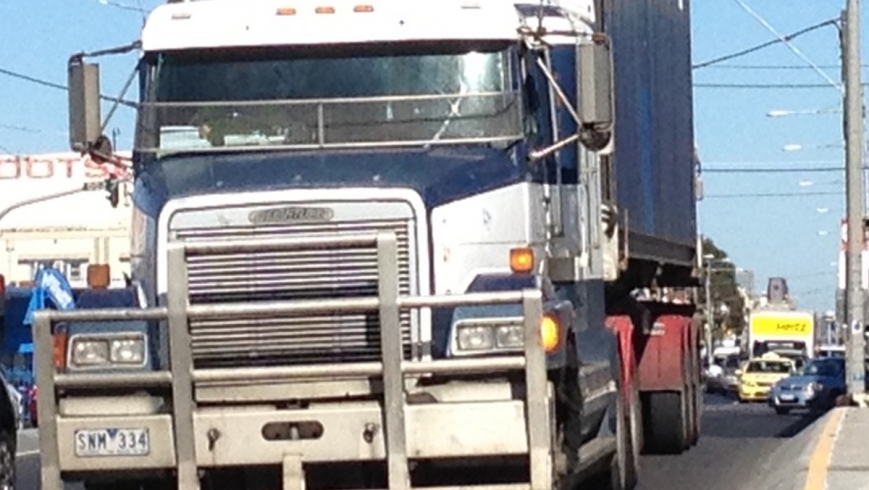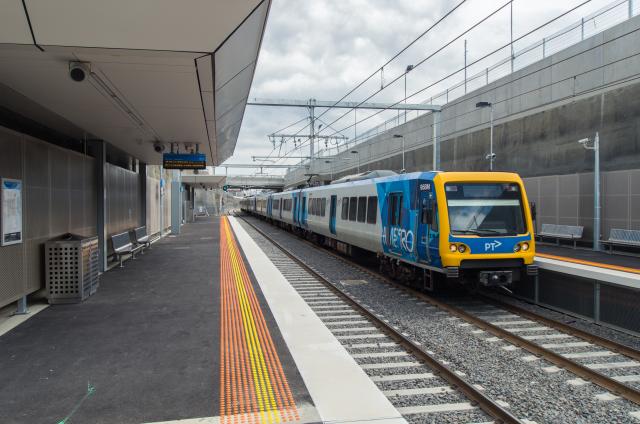An industry push to increase truck loads to more than 85 tonnes has alarmed opponents of freight on the inner-west’s roads.
The proposal, put to Roads Minister Luke Donnellan by some of Australia’s biggest container transport companies, would make loads almost 20 per cent heavier than the 68.5-tonne weight limit currently allowed on arterial routes.
This would enable trucks to carry two fully loaded 20-foot shipping containers and build on the former Napthine government’s green light for trucks up to 30 metres to travel on key freight runs.
A “last-mile” loophole enables freight operators to apply to access local operations via roads such as Footscray’s Whitehall Street, Yarraville’s Francis Street and Williamstown Road, and Altona North’s Grieve Parade.
Container Transport Alliance Australia director Neil Chambers said the freight industry wanted trucks to operate “wherever they’re physically able” to avoid losing container trade to other states.
A spokesman for Mr Donnellan said the government would always look at more efficient ways to safely move freight around the state and would consider all industry proposals.
“Victoria has a strong reputation as a leader in freight and logistics and it’s important that we are doing what we can to ensure that remains so,” the minister said.
“As a government, we want to strike the right balance between boosting productivity in the freight industry yet still accommodating the needs of other road users.”
Maribyrnong Truck Action Group lobbyist Samantha McArthur said the latest push failed to address the broader issue of freight movement. “The aim is to get freight off the roads and I think the government has to get really serious about freight on rail,” she said.
“We have got a quadrupling of container numbers through the Port of Melbourne by 2030, so no matter how many HPFVs [high productivity freight vehicles] you have, the number of road trips is going to rise.”
Ms McArthur said there was no place for larger, heavier trucks on residential streets.
“We already see the damage done … and the danger they pose from a safety perspective, with B-doubles and semis. They are not intended for residential roads; they would be a really big problem for Melbourne’s inner-west.”







